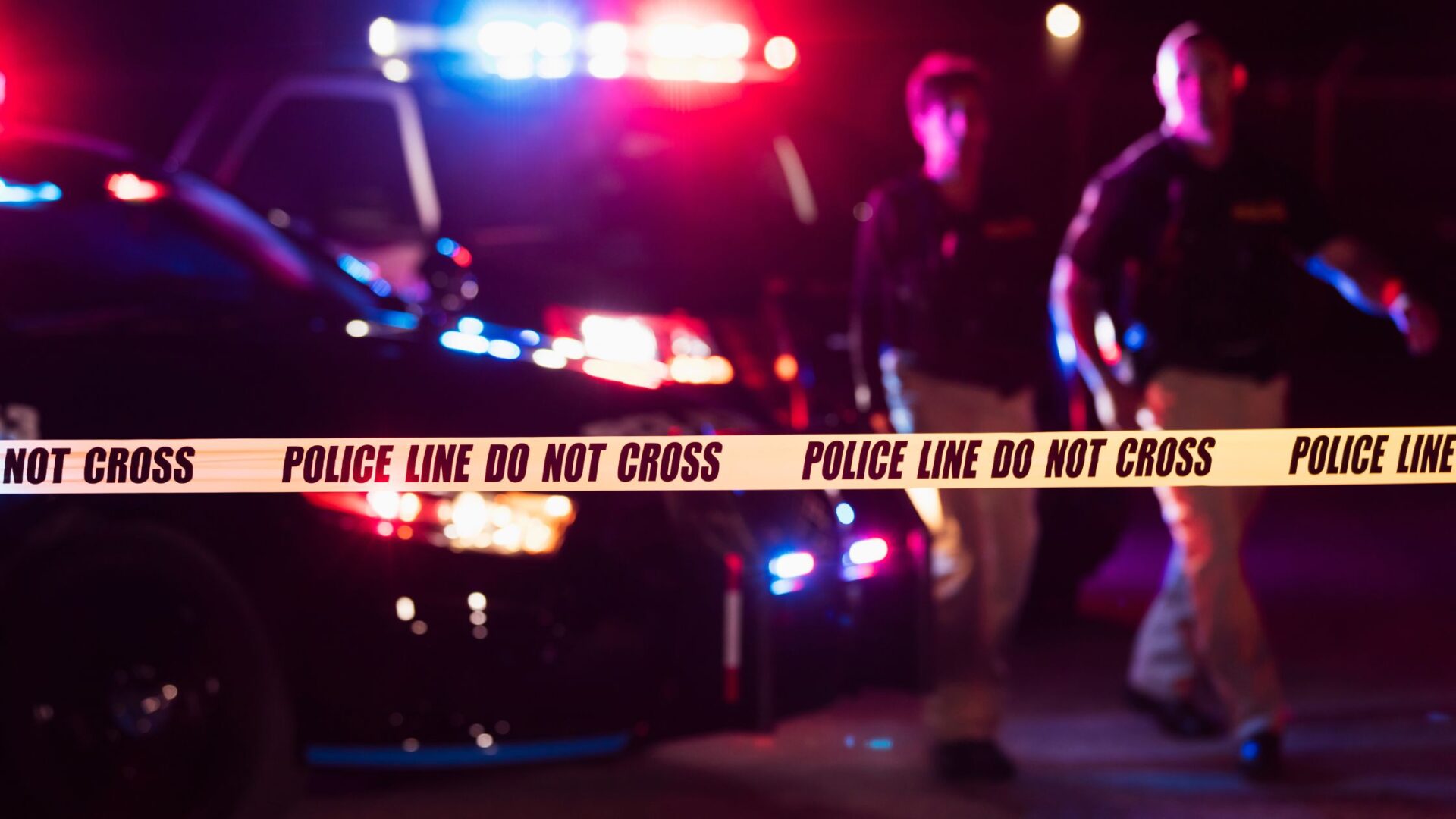Key takeaways:
- Reporter Debbie Brockman was arrested by Border Patrol Chicago while filming agents.
- Legal experts say agents may have violated a court order protecting nonviolent reporters.
- DHS claimed Brockman threw objects at officers, but she faced no charges.
- The arrest raises fresh questions on immigration enforcement under Trump-era policies.
- A past Chicago shooting of Silverio Villegas-Gonzalez also sparked debate over agent conduct.
What Happened
On a busy Friday afternoon in Chicago, WGN News video producer Debbie Brockman filmed federal agents making an arrest. As she recorded, several Border Patrol Chicago officers approached her. Without warning, they shoved her against a wall and forced her to the ground. Officers cuffed her hands and led her into a federal vehicle. Shaken onlookers captured the scene on smartphones. Within minutes, video clips flooded social media channels. Many viewers asked why agents used such force on a reporter.
Official Explanation and Questions
Shortly after, Department of Homeland Security assistant secretary Tricia McLaughlin posted that Brockman threw objects at agents. Yet, Brockman was released without any charges. Legal blogger Anna Bower pointed out that discrepancy. If she really hurled items, agents would have charged her. DHS has not produced proof of the object-throwing claim. Consequently, journalists and legal experts are demanding answers. They want to know why agents felt the need to arrest a nonviolent reporter.
Legal Limits on Border Patrol Chicago Arrests
Chicago operates under a federal court order that limits arrests of peaceful demonstrators and reporters. The order protects people who film officers in public. It also requires officers to warn before using force. If agents breach these rules, they risk contempt of court. Lawyers argue the Brockman arrest clearly violates this order. After all, she did not resist, nor did she harm anyone. Thus, legal motions may seek to punish Border Patrol Chicago for ignoring these protections.
Broader Context of Immigration Enforcement
This incident adds to growing criticism of immigration enforcement tactics. Earlier this year, Border Patrol Chicago agents shot and killed 38-year-old Silverio Villegas-Gonzalez. Agents claimed he drove his car at them and injured one officer. Yet body camera footage painted a different picture. It showed a slow, careful approach that posed little danger. That shooting drew protests and calls for accountability. Now, the Brockman arrest highlights ongoing tension between federal agents and Chicago communities.
Impact on Press Freedom
The First Amendment shields journalists who record public officials at work. For years, courts have upheld that right. Yet, some officers still act as if filming is off-limits. When they do, they chill press coverage and public awareness. Free press groups swiftly condemned the arrest. They demand that DHS update its training materials. They also want agents to carry clear guidelines on handling reporters. Otherwise, they warn, similar incidents will keep happening.
Community Reaction and Social Media
Chicagoans reacted in force. Hashtags accusing Border Patrol Chicago trended on social media. Local activists organized a peaceful rally outside a federal building. Participants held signs reading “Protect Our Press” and “No More Force.” A city council member called for DHS to release full body camera recordings. Meanwhile, some residents defended the agents, citing the risks of federal work. Yet most agreed that reporters deserve protection when they film in public spaces.
What Happens Next
DHS officials say they will conduct an internal review. An inspector general might also investigate whether agents followed policy. Brockman’s lawyers are preparing legal action. They plan to file motions to block future arrests of reporters. City leaders may hold public hearings to question DHS representatives. Press freedom organizations will press Congress for new filming protections. All this activity could force DHS to explain its rules on civilian arrests.
Calls for Reform
Several groups are already pushing for change. The local press association asked DHS to adopt a clear filming policy. They want every agent to carry a pocket guide on press rights. City council members have drafted a resolution urging DHS to work with local police. A coalition of lawyers vowed to provide free legal help to any arrested journalist. National advocacy groups warned that if DHS ignores calls for reform, larger protests could follow.
Longer Term Implications
This case could reshape how federal agents operate in U.S. cities. First, it may prompt Congress to audit CBP’s training programs. Second, it could inspire a new federal law protecting journalists’ rights. Third, DHS might update its internal manuals to ban arrests of peaceful observers. In addition, courts could strengthen oversight by requiring public reporting on agent conduct. Ultimately, the incident may boost local governments’ role in monitoring federal operations.
Lessons Learned
By reviewing this episode, we see important lessons:
- Reporters serve the public by documenting actions of officials.
- Agents must know legal limits on arresting peaceful civilians.
- Transparency and clear policy reduce conflict and misunderstanding.
- Proper training on First Amendment rights is essential.
- Ongoing dialogue between federal agencies and communities builds trust.
FAQs
Why was Debbie Brockman arrested?
Officials said she threw objects at agents while filming. However, she was released without charges, leaving doubts about that claim.
Can reporters film Border Patrol Chicago agents in public?
Yes. The First Amendment protects peaceful filming of federal officers in public spaces.
Did agents break any rules by arresting her?
Experts argue a federal court order blocks arrests of nonviolent protesters and reporters. If so, agents may have violated that order.
What might happen to the agents involved?
They could face internal DHS review, an inspector general probe, or legal actions for contempt of court. Policy changes and new training requirements may follow.

